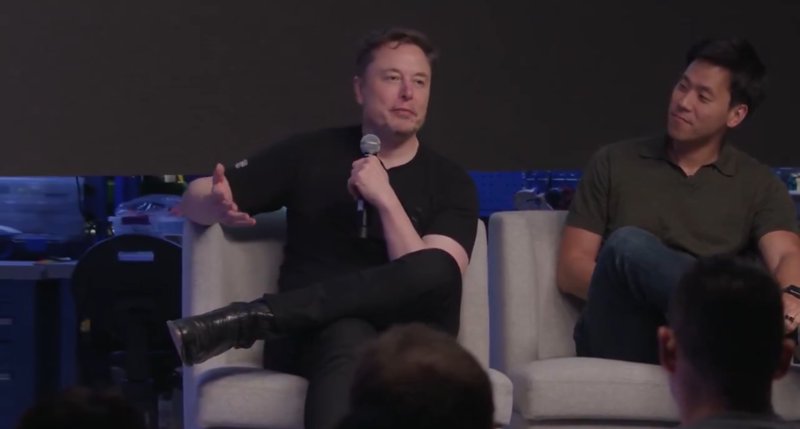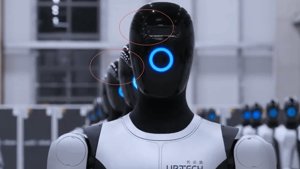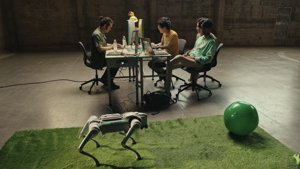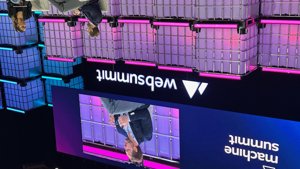Elon Musk’s Next Frontier: Control Tesla Optimus Robots with Your Mind
Elon Musk has just pushed the boundaries of neurotechnology into territory that feels straight out of a science fiction blockbuster. Following Neuralink’s impressive demonstration showing a patient controlling a robotic hand using only brain signals, Musk has unveiled an even more ambitious vision: future Neuralink users might be able to mentally control entire Tesla Optimus humanoid robots.
This remarkable concept goes far beyond simple digital interface control. Musk envisions Neuralink chip recipients “mentally remote into an Optimus robot,” effectively allowing humans to inhabit and control robotic bodies as if they were extensions of themselves. It’s a stunning leap forward that merges neuroscience with robotics in unprecedented ways—think of it as sophisticated telepresence taken to its logical extreme.
The potential applications of such technology are staggering. From transforming dangerous industrial work to enabling exploration of hostile environments, the ability to project human consciousness into robotic surrogates could revolutionise countless fields. However, significant technological hurdles remain before we’ll see humans mentally piloting humanoid machines across factory floors.
For now, we can marvel at the current achievements in brain-computer interfaces while contemplating Musk’s characteristically audacious vision of a future that’s bound to be, in his words, “gonna be weird, but pretty cool.” As the boundaries between human and machine continue to blur, we’re witnessing the early stages of what could be one of humanity’s most profound technological transformations.






